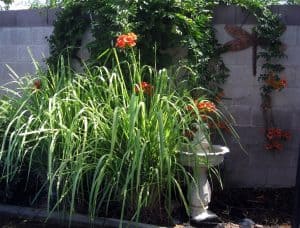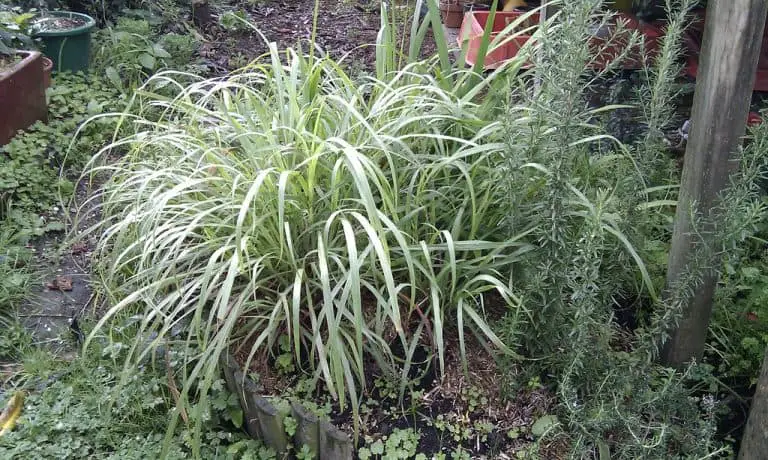Are you looking for fresh and innovative ways to incorporate lemongrass into your garden? Look no further! In this article, we will explore a variety of lemongrass planter ideas that will not only add a zesty delight to your garden but also enhance the overall aesthetic appeal.
Lemongrass, a tropical herb known for its strong citrus flavor, is a versatile plant that can be used in a multitude of dishes. So, let’s dive in and discover some exciting ways to incorporate lemongrass plants into your garden!
Lemongrass Planter Ideas
1. Lemongrass in Pots

One of the easiest ways to grow lemongrass seeds is in pots. This allows you to move the plant around and find the perfect spot where it receives full sun. Ensure that the pots have drainage holes to prevent waterlogging, as lemongrass requires well-drained soil.
2. Companion Planting
Consider planting lemongrass alongside other herbs or plants that can benefit from its presence. Lemongrass companion plants include ornamental grasses, which create a beautiful contrast in texture and color. Additionally, lemongrass can repel mosquitoes, making it an excellent companion for plants that are prone to insect infestations.
3. Flower Beds
For a stunning visual display, plant lemongrass in flower beds. Its tall and slender stalks add an elegant touch to any garden. Lemongrass also pairs well with other flowering plants, creating a harmonious blend of colors and textures.
4. Lemongrass in Containers
If space is limited, consider growing lemongrass in containers. This allows you to have multiple plants without taking up too much space. Ensure that the containers have good drainage and use well-draining soil to prevent root rot.
5. Lemongrass as Ornamental Grass
Lemongrass can be grown as an ornamental grass in gardens, particularly in areas with clay soil. Its tall, slender stalks and lemony aroma make it an attractive addition to any landscape. Its hardy nature and drought tolerance make it an ideal choice for low-maintenance gardens.
Uses of Lemongrass
Cold-Season Protection
While lemongrass is a tropical plant that thrives in warm climates, it is possible to grow it in colder climates with proper care. In regions with cold winters, protect the lemongrass plants by cutting the lemongrass stalks back to a few inches tall and covering the root ball with a layer of mulch. This will provide insulation and help prevent frost damage.
Medicinal Properties
Aside from its culinary uses, lemongrass is also known for its medicinal properties. It has been used in traditional medicine to promote digestion, relieve anxiety, and reduce inflammation. Growing your own lemongrass gives you access to fresh leaves for making tea or infusions.
Lemongrass in Asian Cuisine
Lemongrass is a staple in Asian cuisine, particularly in Thai, Vietnamese, and Indian dishes. Its strong citrus flavor adds a unique touch to stir-fries, curries, and soups. By growing lemongrass in your garden, you can have a fresh and readily available supply for your favorite Asian dishes.
Repelling Insects
Lemongrass is known for its ability to repel insects, including mosquitoes and spider mites. By planting lemongrass in strategic locations around your garden, you can create a natural barrier against these pests, reducing the need for chemical insecticides.
Harvesting Lemongrass
To harvest lemongrass, cut stalks close to the ground using sharp, clean shears. Trim off the dead leaves and use the remaining stalks for cooking or making essential oils. For future use, freeze lemongrass in an airtight container.
Final Thoughts
The Lemongrass plant, with its refreshing citrus flavor and ornamental beauty, is an excellent addition to any garden. Whether you grow it in pots, flower beds, or containers, lemongrass planter ideas offer a zesty delight to your garden. With proper care and attention to its specific growing needs, lemongrass, even West indian lemongrass can thrive in various climates, providing you with a fresh and versatile herb to enhance your culinary creations. So, seize the opportunity to embrace lemongrass and explore the endless possibilities it offers in your garden!


